 Abraham Lincoln
If given the truth, the people can be depended upon to meet any national crisis...
Abraham Lincoln
If given the truth, the people can be depended upon to meet any national crisis...
 Guildford news...
for Guildford people, brought to you by Guildford reporters - Guildford's own news service
Guildford news...
for Guildford people, brought to you by Guildford reporters - Guildford's own news service
Birdwatcher’s Diary No.274
Published on: 4 Mar, 2023
Updated on: 4 Mar, 2023
By Malcolm Fincham
Even I, as a lover of all seasons, concede to admit, this winter was by now starting to drag its heels.
As settled and mostly dry overcast weather continued during the latter days of the month, it was starting to leave me with little motivation to push myself to ascertain one’s mental health. This despite my passion for nature.
Seeing, and having empathy with an injured first winter mute swan on a particularly overcast day at the Riverside Nature Reserve added to my feelings. It appears daft in hindsight but what was seemingly a long winter was, indeed, taking its toll.
See:https://guildford-dragon.com/
Determined not to be brought down by the ‘quicksand of my thoughts’, I returned to the Riverside Nature Reserve, near Burpham, as overcasting drizzle turned to a few brief hours of sunshine. It wasn’t too long before I began to once again be at one with my surroundings.
Next to the towpath near Stoke Lock a female stonechat could be viewed as it flitted back and forth between the brambles by the path and the reeds by the water’s edge.
A greenfinch attained my attention with its ‘wheezing’ call as it perched up in a nearby tree.
While an Egyptian goose flew past over the lock in the direction of the scrape.
Crossing the footbridge in the direction of the boardwalk, a Cetti’s warbler could be heard intermittently calling a burst of its brief harsh song.
As often eluding me of a sighting.
While just within the entrance gate, a small group of teal could be observed.
Along the boardwalk other stonechats could be viewed. On this occasion a pair.
The female flitted around, and on one occasion appeared briefly on the boardwalk. just a little way from where I watched.
While the male typically perched up on one of the many reed stems that poked out from the marshland.
Several wrens could be observed flying close to the walkway often using the boards to shelter beneath.
For no apparent reason, two great tits could be seen and heard aggressively pursuing each other around the small clumps of sallow.
Arriving at the lakeside, I was greeted by the sight of a large raft of well over 100 gulls. They had stopped off on the water for a quick wash and brush-up before returning to the Slyfield recycling centre on the other side of the river.
Mostly viewed were herring gulls in their varying colours of plumage.
While the black-headed gulls that were present, were now gaining various stages of their breeding colours.
Out on the water and by the island, several small rafts of male and female tufted ducks continued to be present.
A resident grey heron occasionally flew around the lake choosing to perch among the reeds where it would least likely be disturbed while doing its fishing.
Looking around the lake, the blackthorn hedgerow, in some areas exposed most to sunlight, had already begun to come into blossom as the last few days of the month approached.
Fortune came my way as I walked the path beside the lake, when to my amazement a kingfisher flew past over the reeds and perched up in one of the oak trees that overhung the track.
Creeping up as near as I dare, I managed a few photos before he dived into the water and made off with a fish.
Also resident out on the water, a pair of great crested grebes had begun to colour up into their breeding plumage.
Already they had started their elaborate courtship display in which they rise out of the water and shake their heads.
On observation, I was even able to notice one of the grebes carrying what looked to be nesting material, or maybe just a gift for its partner?
Another surprise addition to my mensuration while taking a few photos, my observations took me to an out-of-focus kingfisher, just beyond the grebe. Probably the very same kingfisher I had photographed just a short while earlier.
A small tweak of the lens soon rewarded me.
Drake mallards were looking especially handsome in their breeding plumages. So underestimated for their beauty due to being so commonly sighted.
As with so many ‘critters’ I’m sure they would be greatly more appreciated for their colour if they were a rarity.
On the field at the southern end of the lake a handful or so Canada geese could be viewed, now paired up and feeding on the grassland.
While in the blackthorn hedgerow shaded by the afternoon sun, a chiffchaff could be found.
As well a one of a small handful of redwings that had flown up from feeding in the field nearby.
At Britten’s Pond, off Salt Box Road, Worplesdon, the willows on the islands had started their attempt to break into leaf.
Blue tits could now be viewed checking out holes and crevices in trees looking for potential nest spots.
A few groups of long tailed tits had begun to split into pairs, even seeing one recently carrying a feather in its beak as it disappeared into a clump of brambles.
The kingfisher continued to be a regular sighting about the pond.
While blackbirds there still feed in the ivy that climb the trees around the pond.
Redwings joined them, attempting to remain incognito as they fed on the berries, but giving themselves away by their ‘seep, seep’ call.
Elsewhere on my travels, in the company of Dougal, John and Ross, with his son Max, on a day trip up from Maidstone, Kent, we visited Effingham Forest. This giving them the opportunity to view a marsh tit and not a common sighting in their location.
Also adding to the sightings were at least three hawfinches. While a calling marsh tit also attracted our attention.
A real bonus for all of us was a goshawk as it passed through high over the tree line.
And finally, with much thanks to Ross’s son max, searching around a nearby pond, I was even able to see my first frogspawn of the year.
By the meteorological calendar, spring will always start on March 1. However, a glance at the weather forecast wasn’t convincing me!

Click on cartoon for Dragon story: Public Asked for Views on SCC’s Proposal for Reduced Speed Limits




Recent Articles
- Thames Water Announce Hosepipe Ban – But Not for Guildford
- Letter: Normandy Proposal Needs A Proper Services Audit
- Notice: Free Bereavement Support Programme
- Normandy Housing Plan Reignites Concerns Over ‘Damage To Our Community’
- Letter: The Class of 1955 Meets 70 Years On.
- Highways Bulletin: Reimagining Parking with Green Design
- Opinion: Never Have We Needed the Benefits of the Natural World More
- SCC Calls on the Government To Protect the Environment
- Two-Week Road Closure on Portsmouth Road for Gas Network Upgrade
- Charlotteville Cycling Club Organises Another Successful Race Event



Search in Site
Media Gallery
Dragon Interview: Local Artist Leaves Her Mark At One of England’s Most Historic Buildings
January 21, 2023 / No Comment / Read MoreDragon Interview: Lib Dem Planning Chair: ‘Current Policy Doesn’t Work for Local People’
January 19, 2023 / No Comment / Read MoreA3 Tunnel in Guildford ‘Necessary’ for New Homes, Says Guildford’s MP
January 10, 2023 / No Comment / Read More‘Madness’ for London Road Scheme to Go Ahead Against ‘Huge Opposition’, Says SCC Leader
January 6, 2023 / No Comment / Read MoreCouncillor’s Son Starts Campaign for More Consultation on North Street Plan
December 30, 2022 / No Comment / Read MoreCounty Council Climbs Down Over London Road Works – Further ‘Engagement’ Period Announced
December 14, 2022 / No Comment / Read MoreDragon Interview: GBC Reaction to the Government’s Expected Decision to Relax Housing Targets
December 7, 2022 / No Comment / Read MoreHow Can Our Town Centre Businesses Recover? Watch the Shop Front Debate
May 18, 2020 / No Comment / Read More



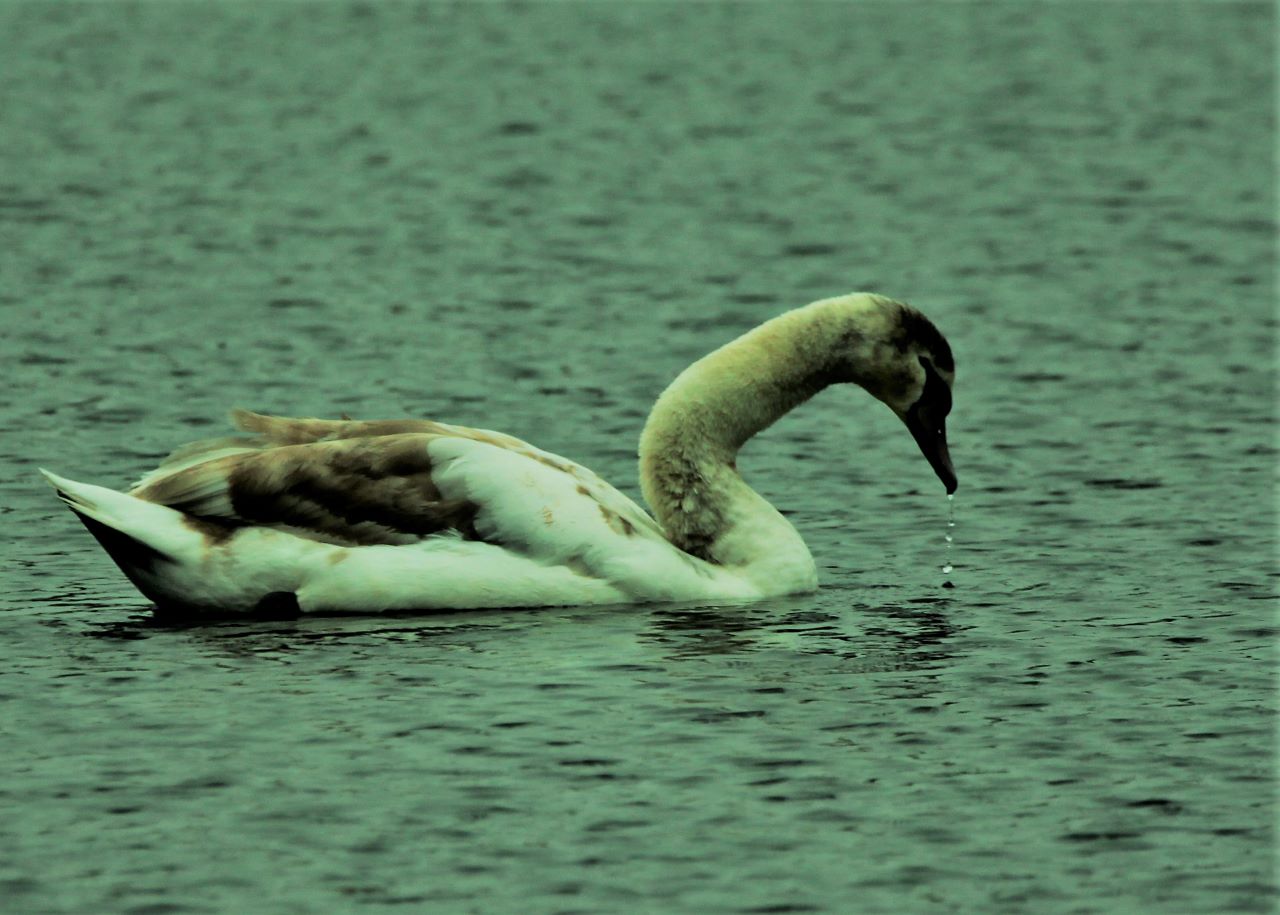
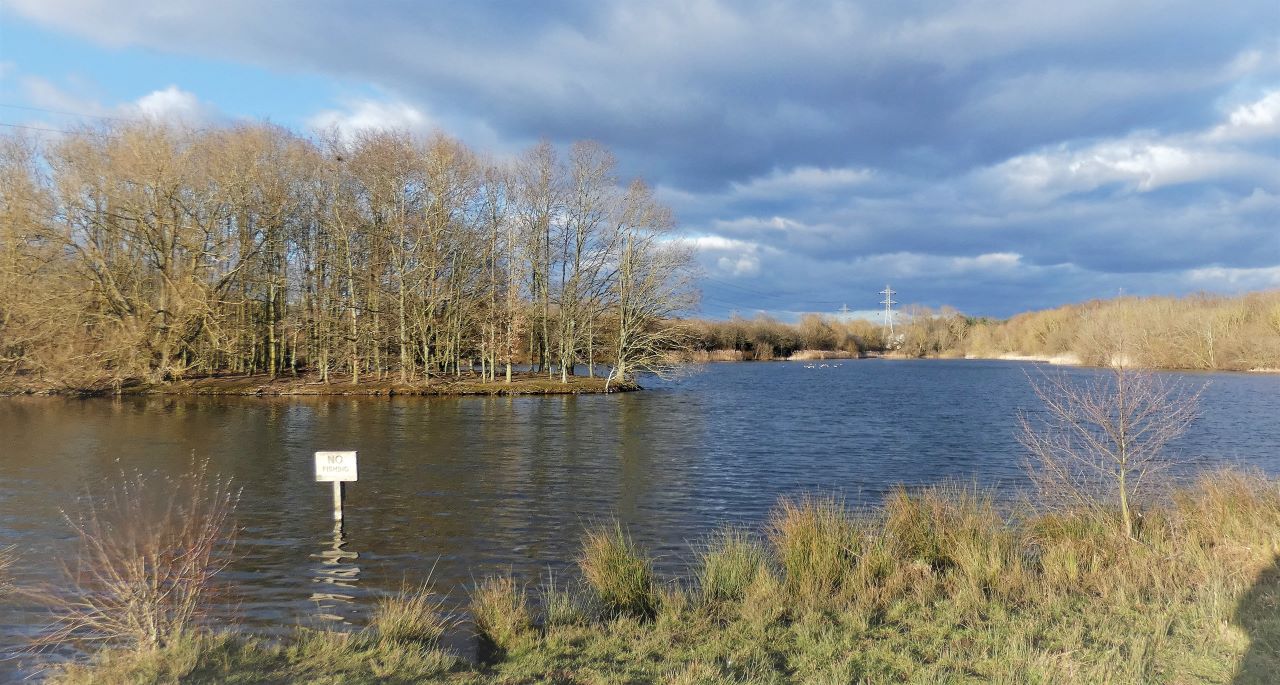
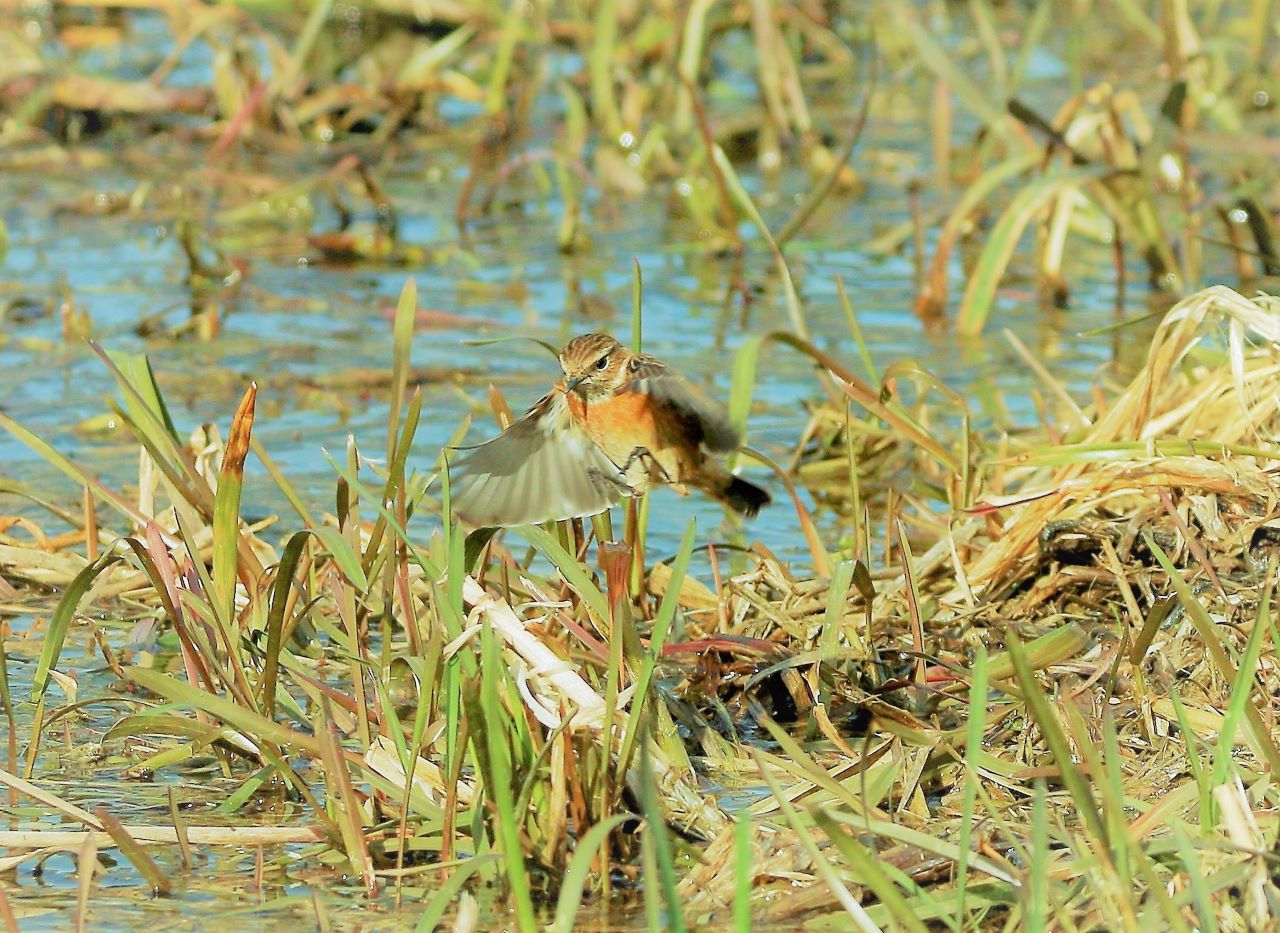
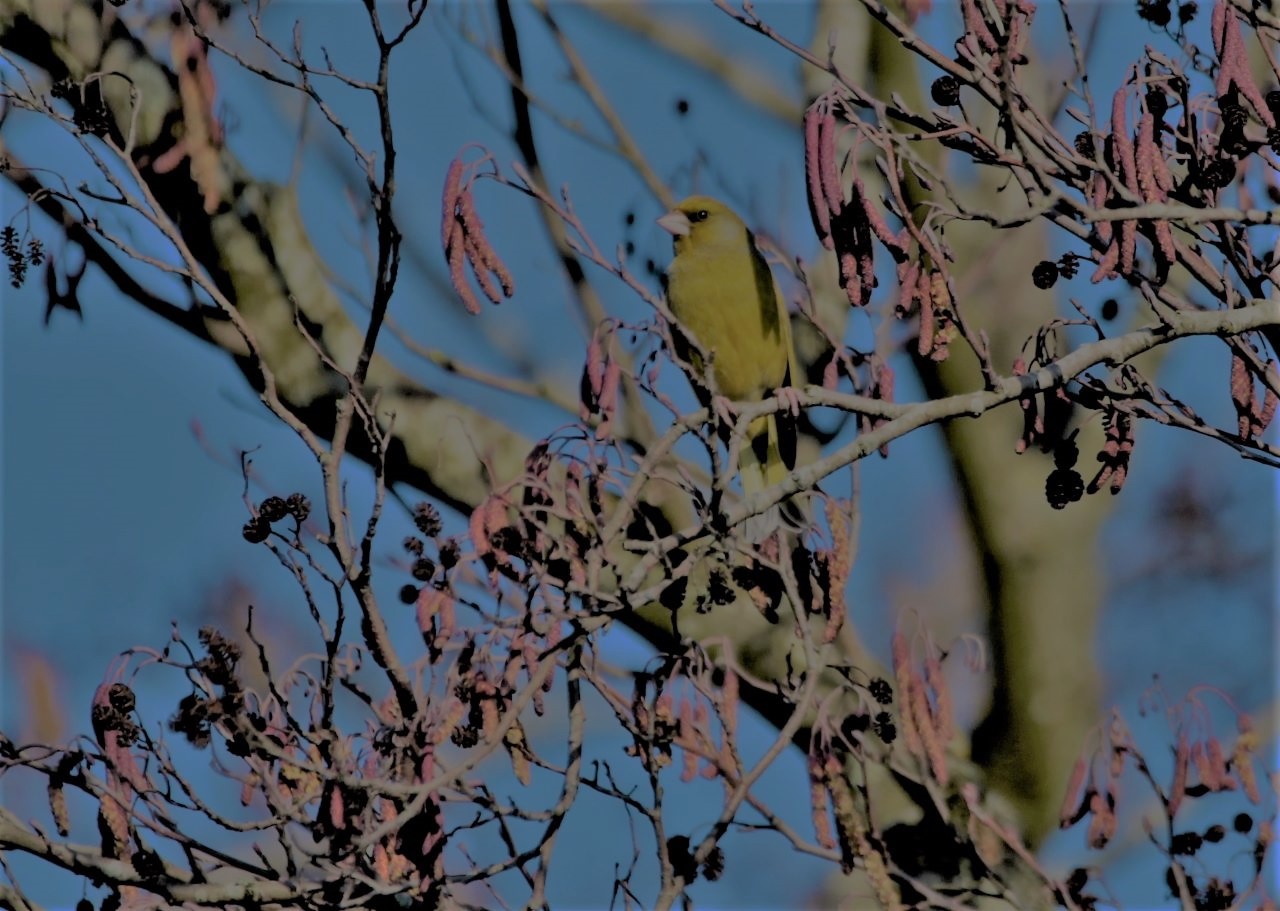
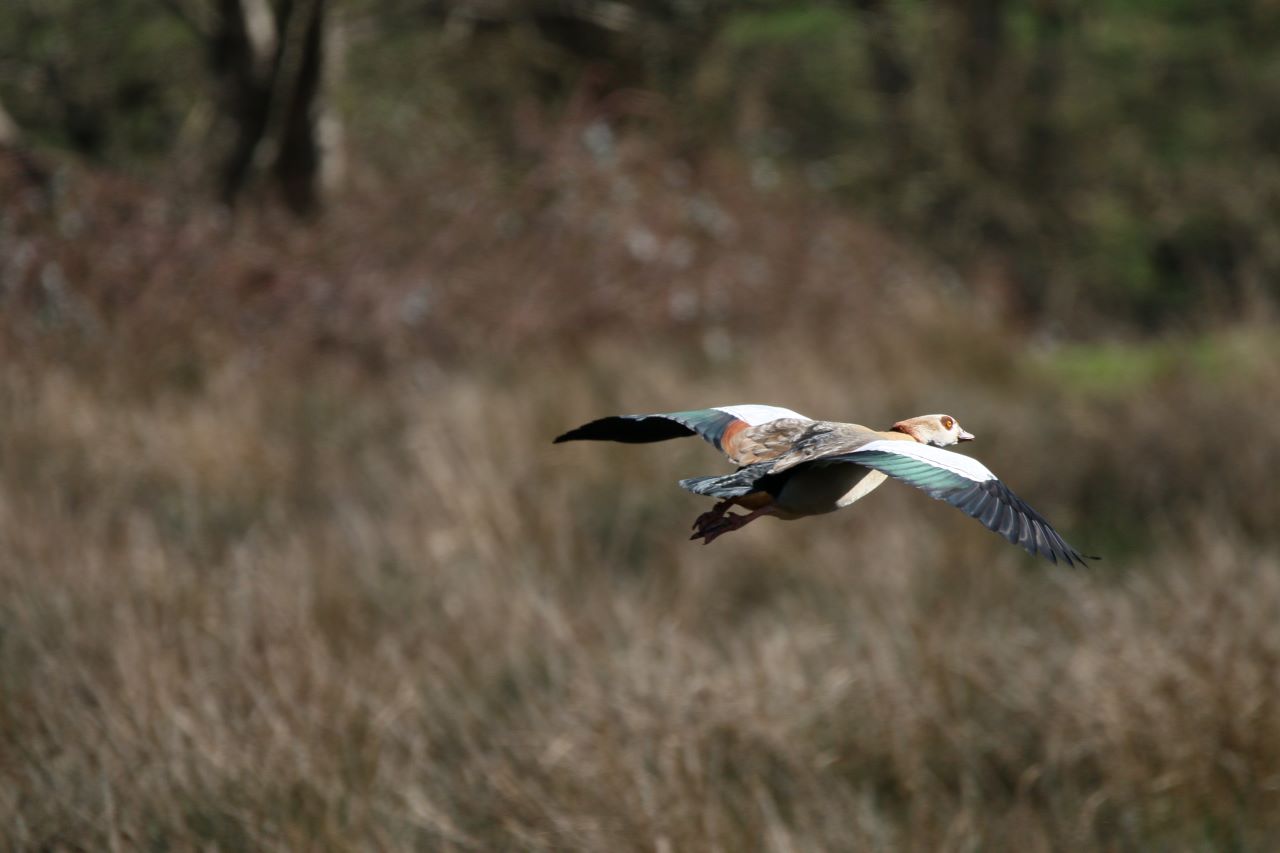
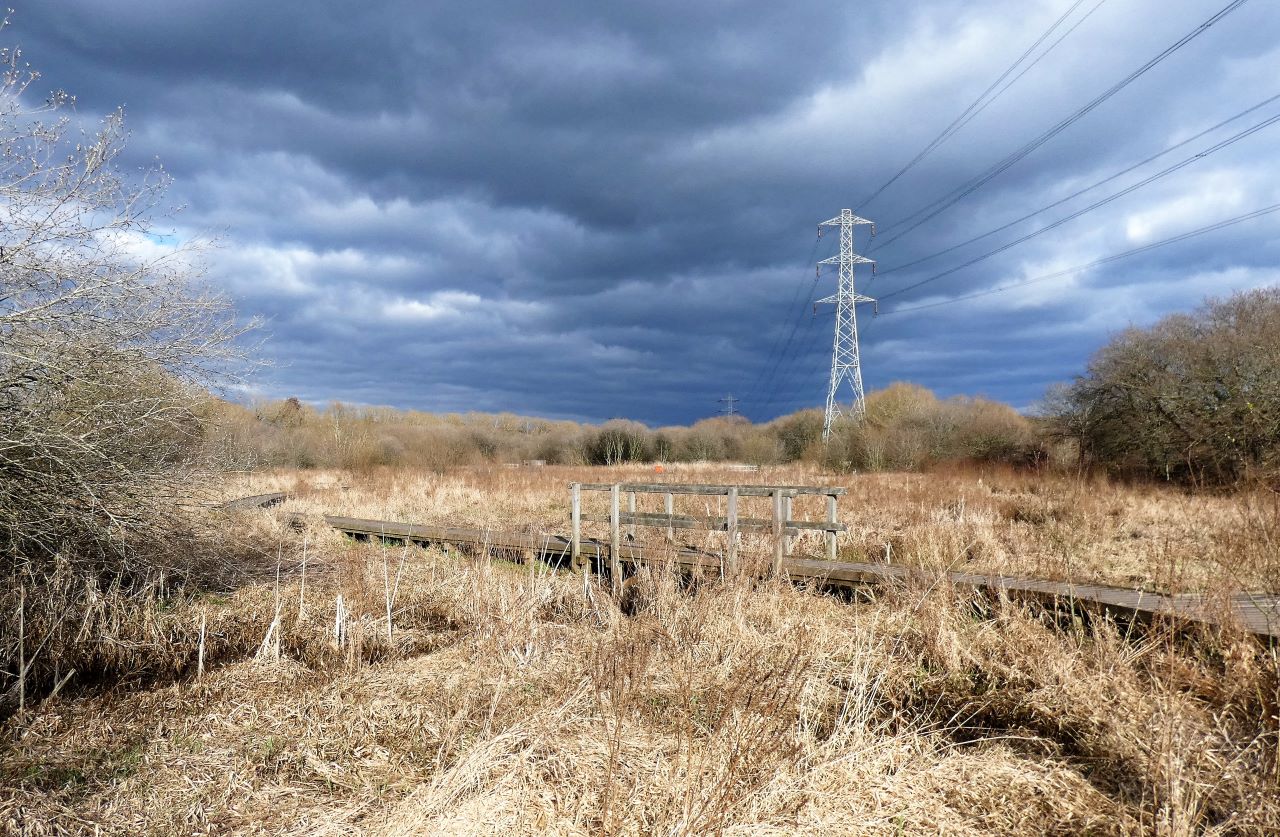
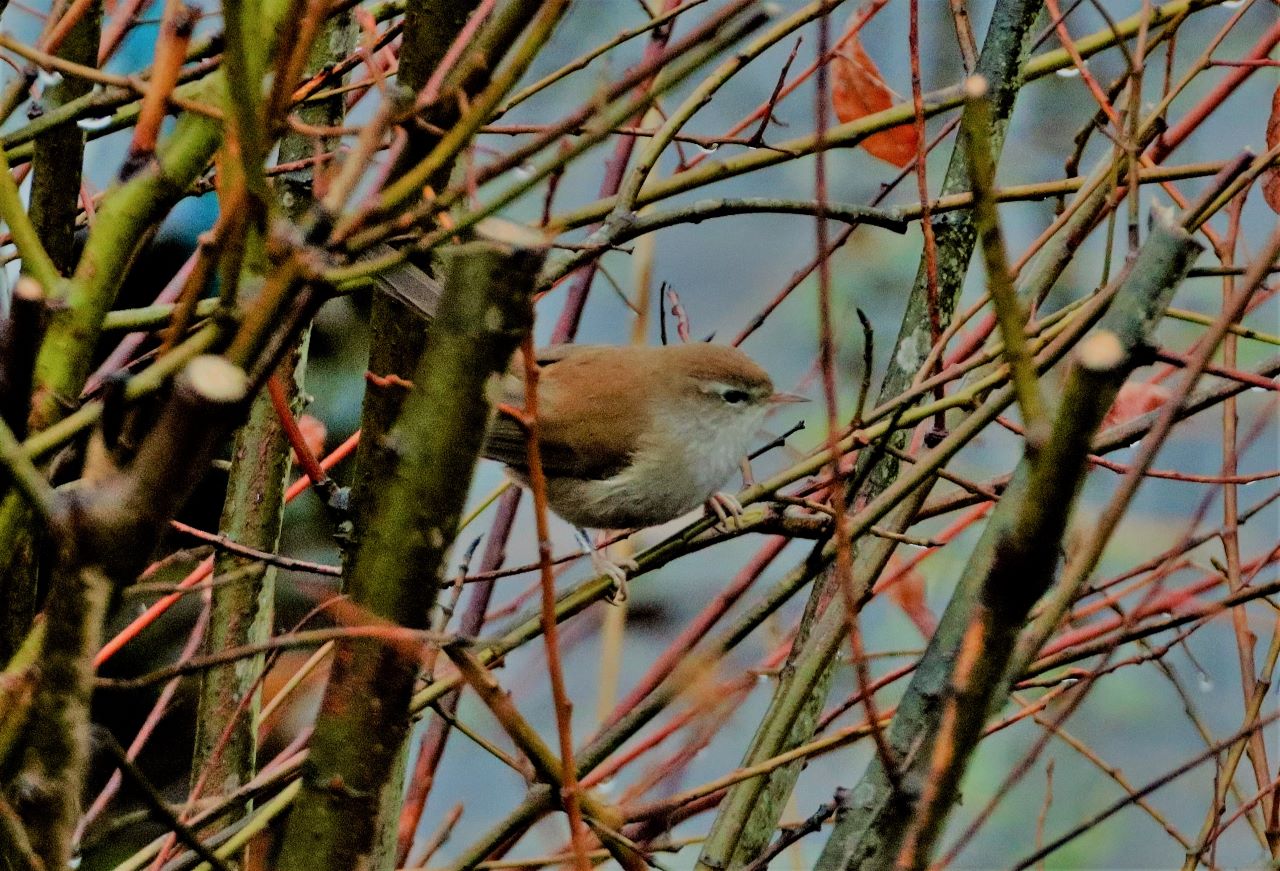
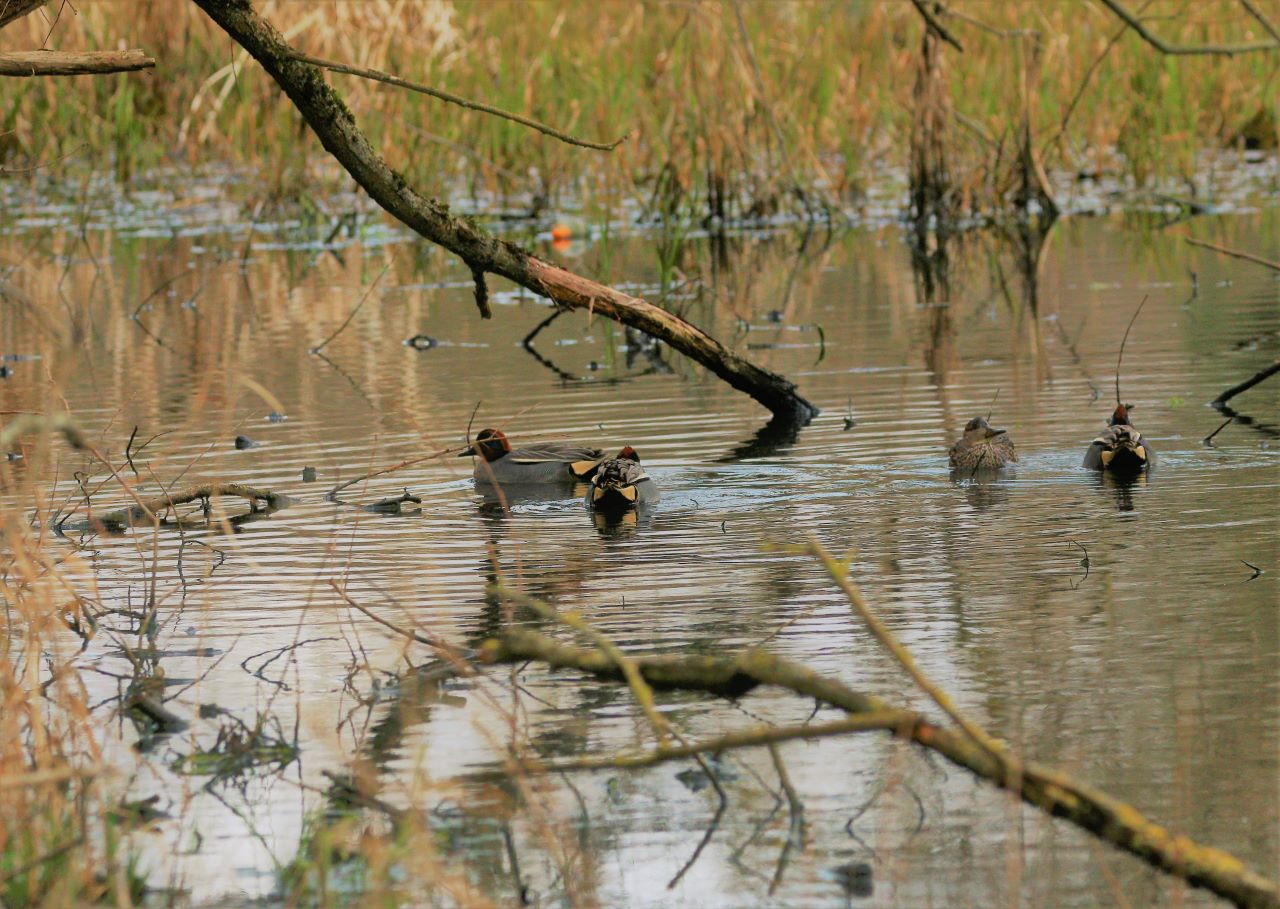
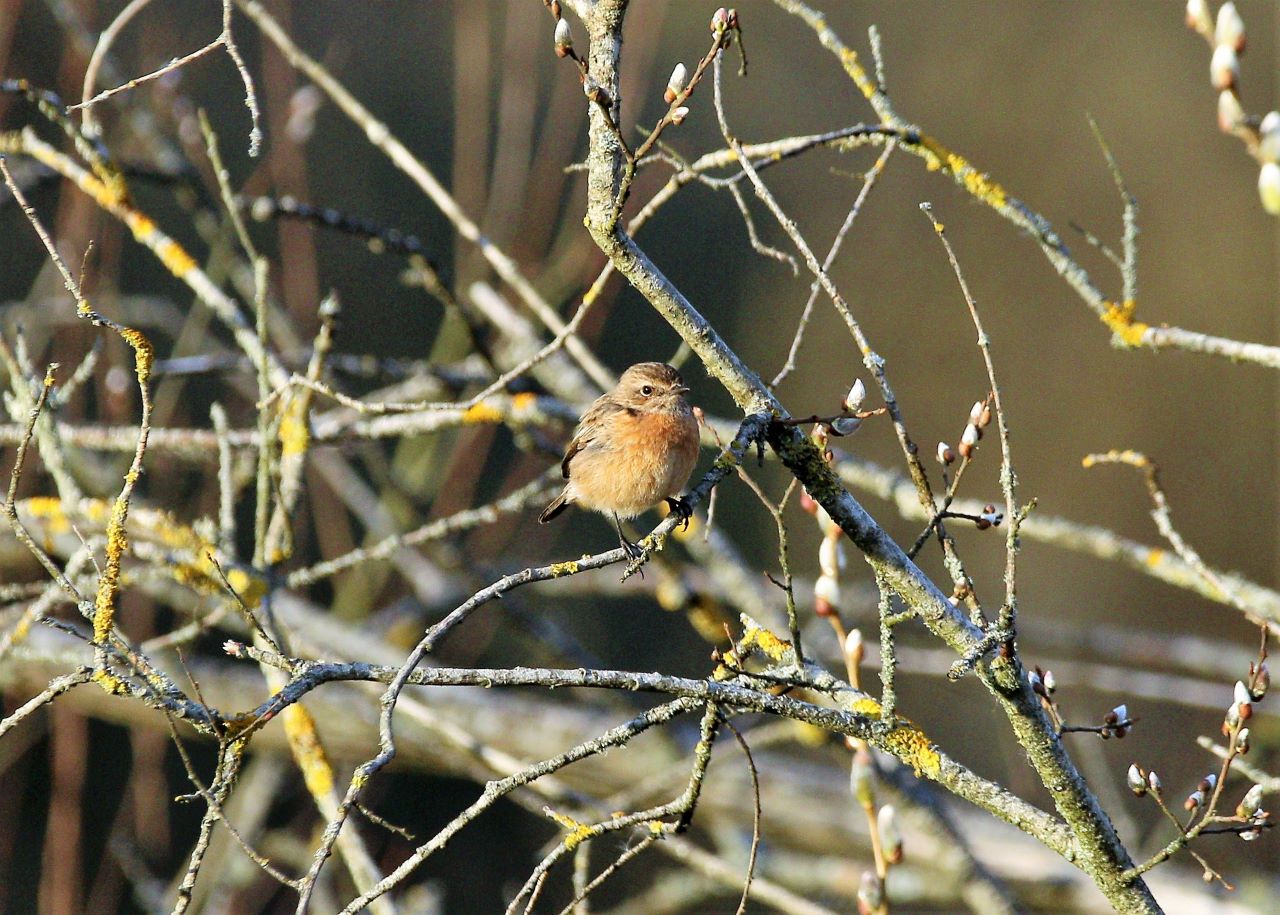

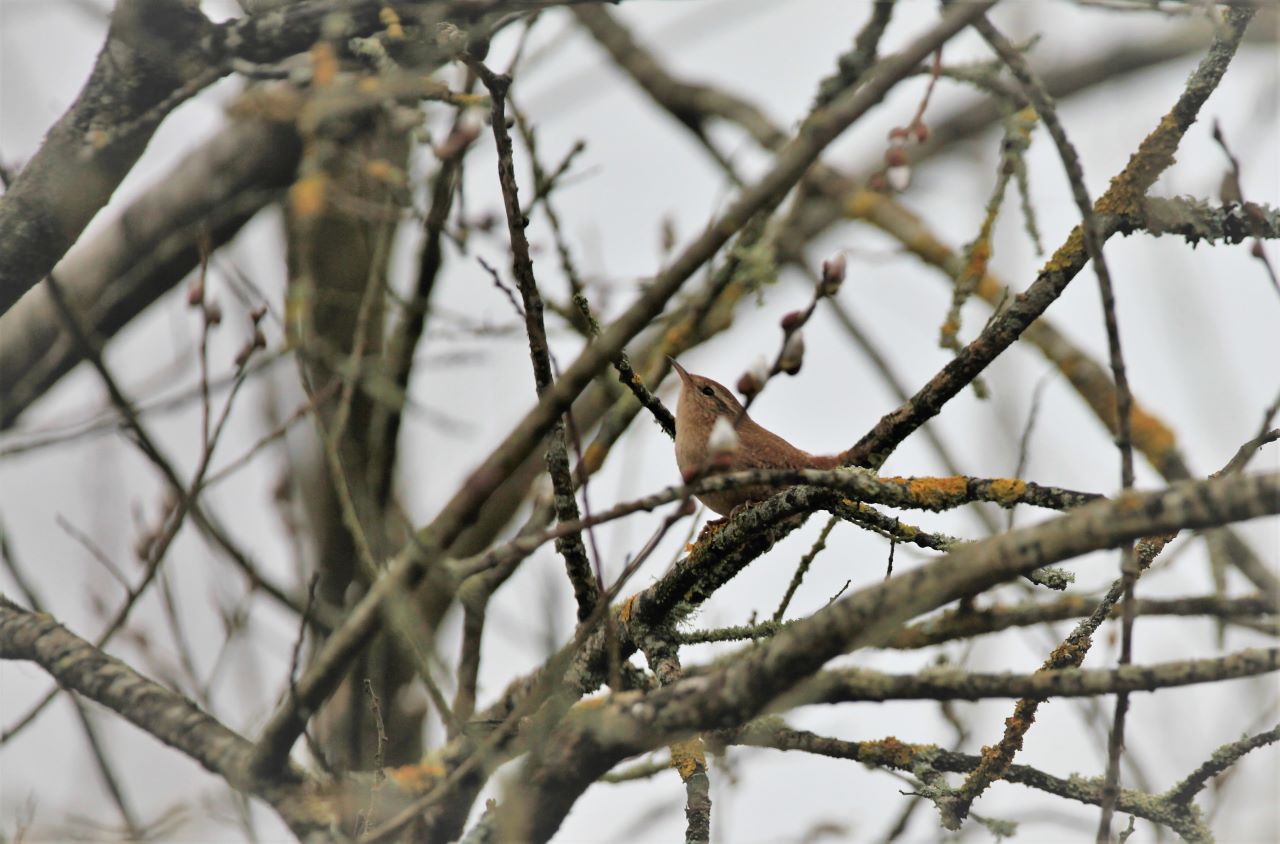

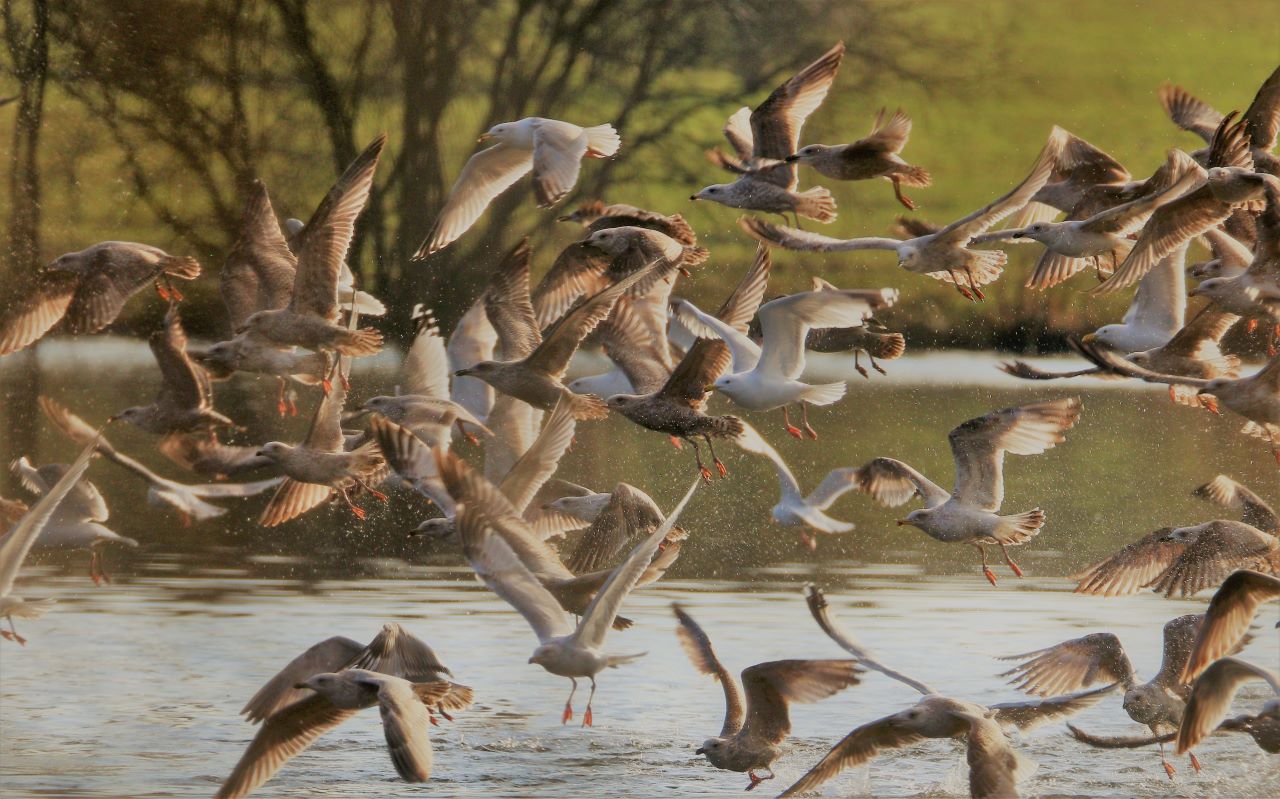

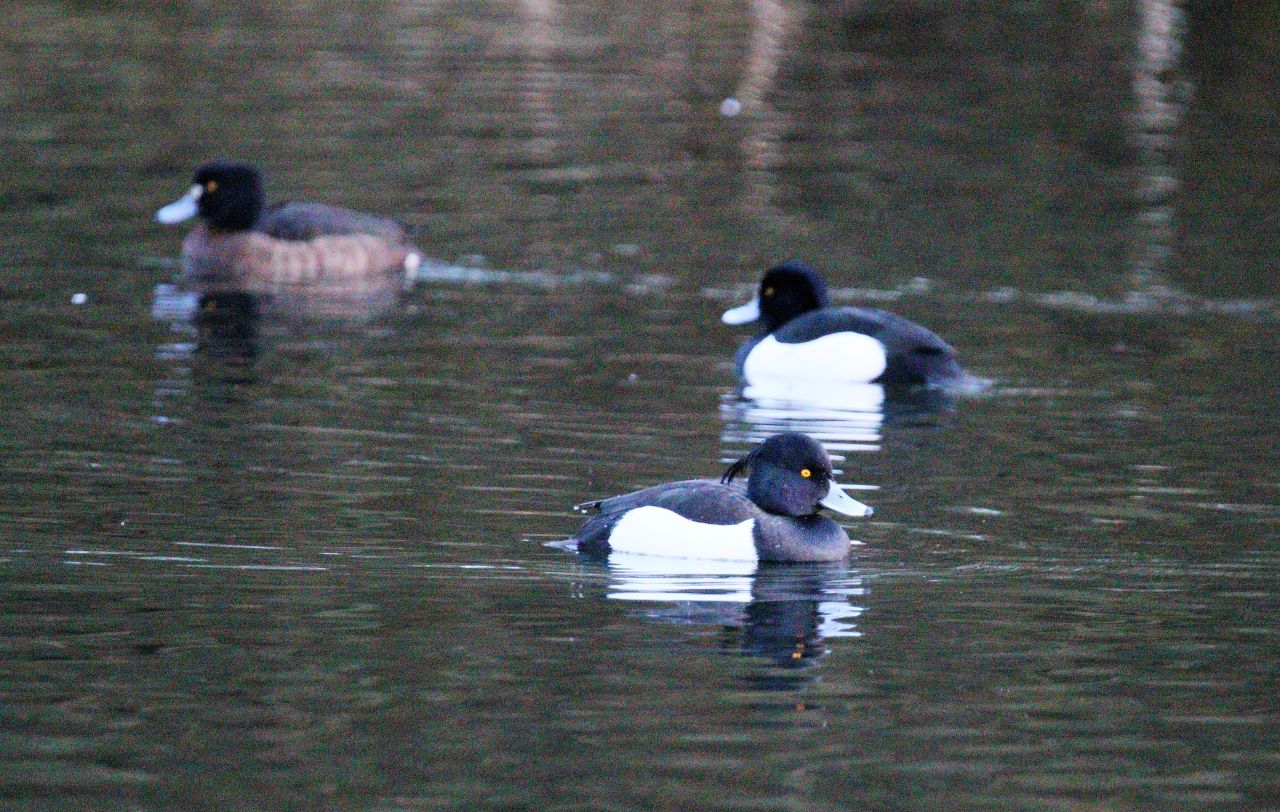



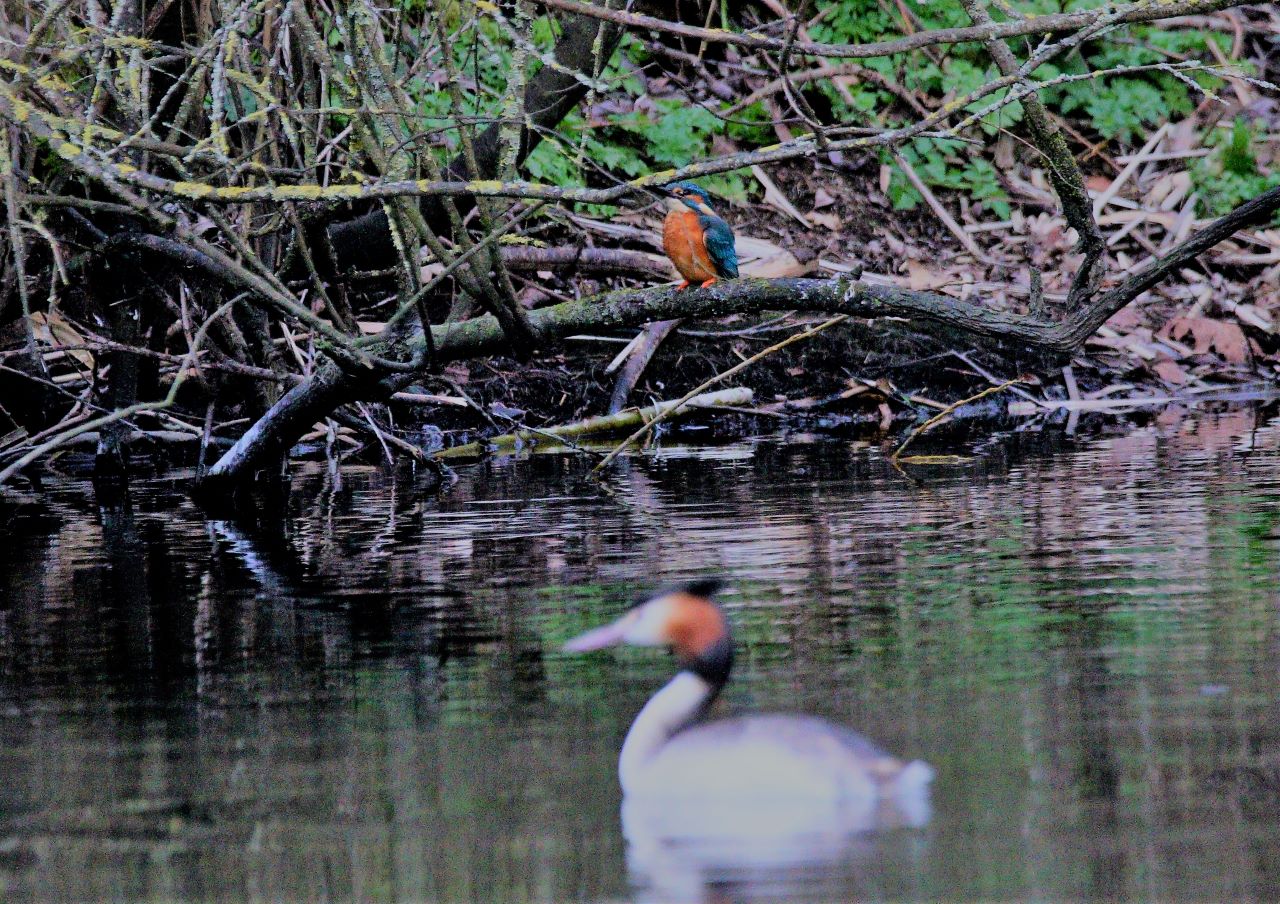

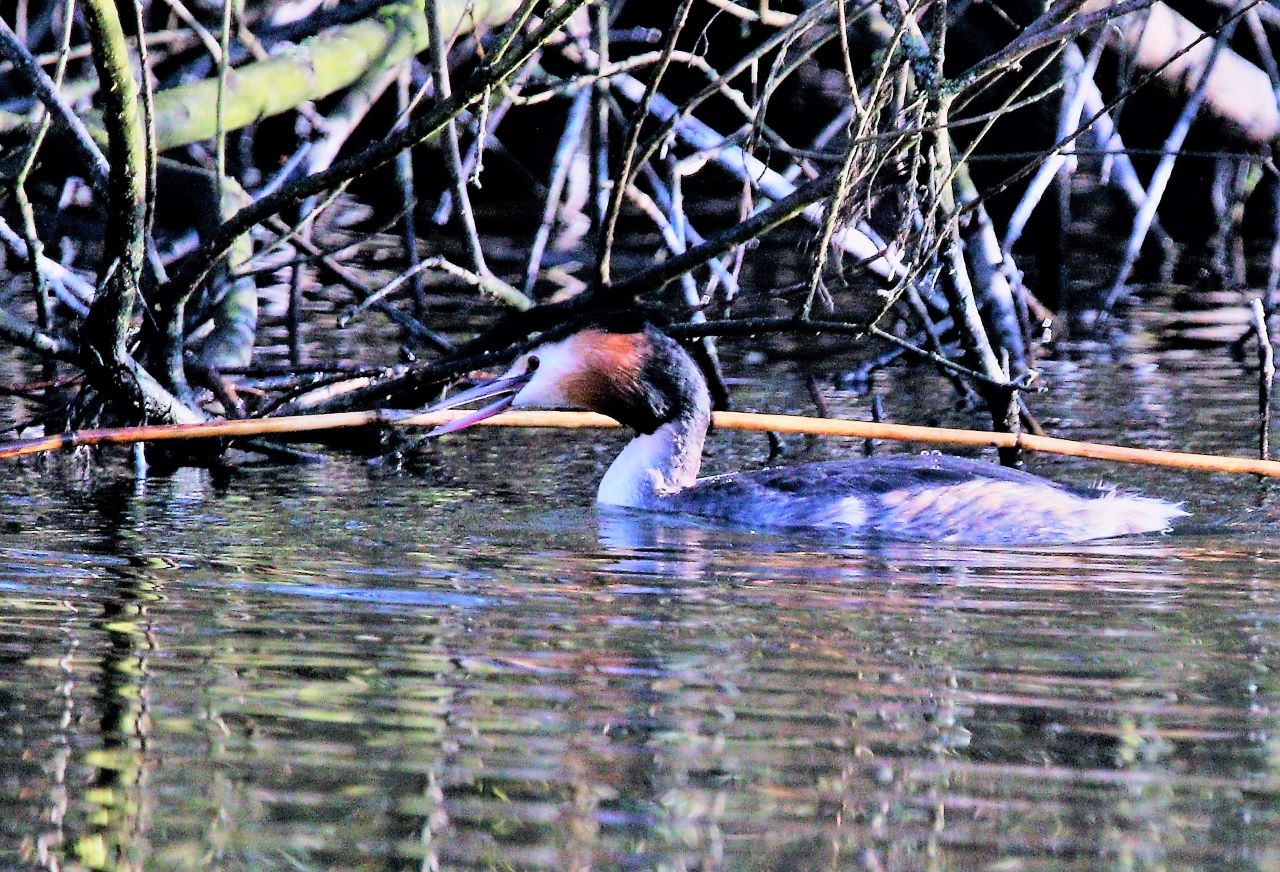

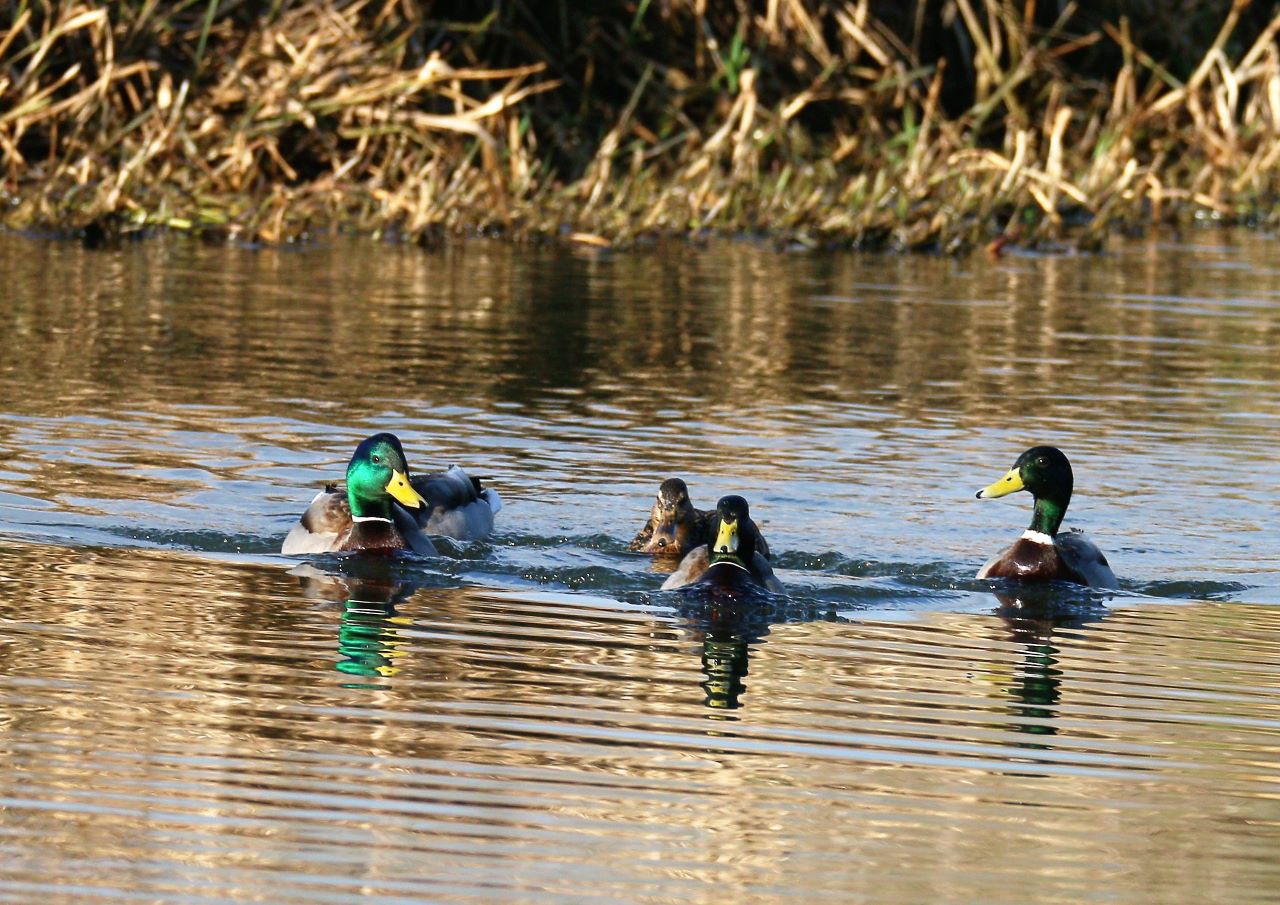
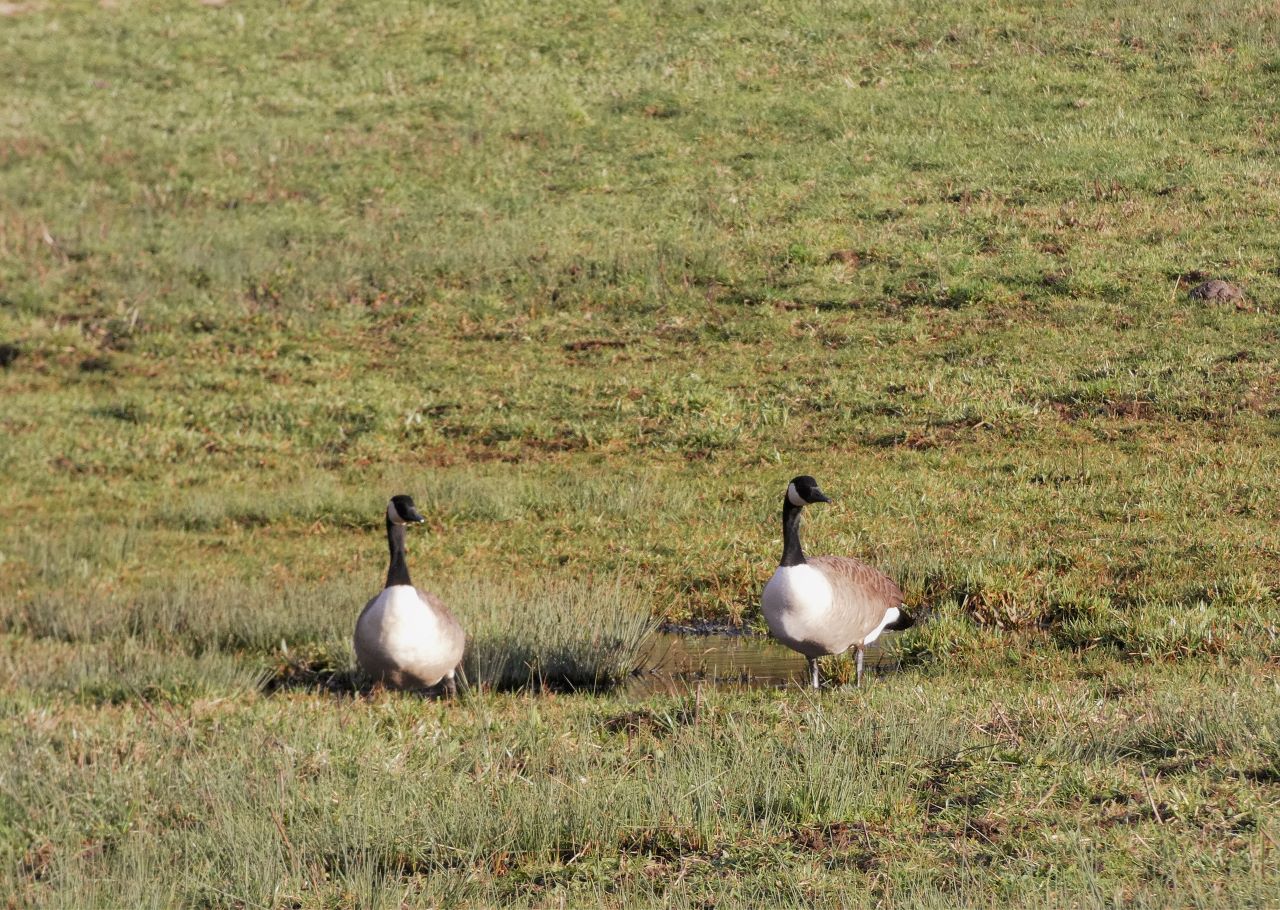

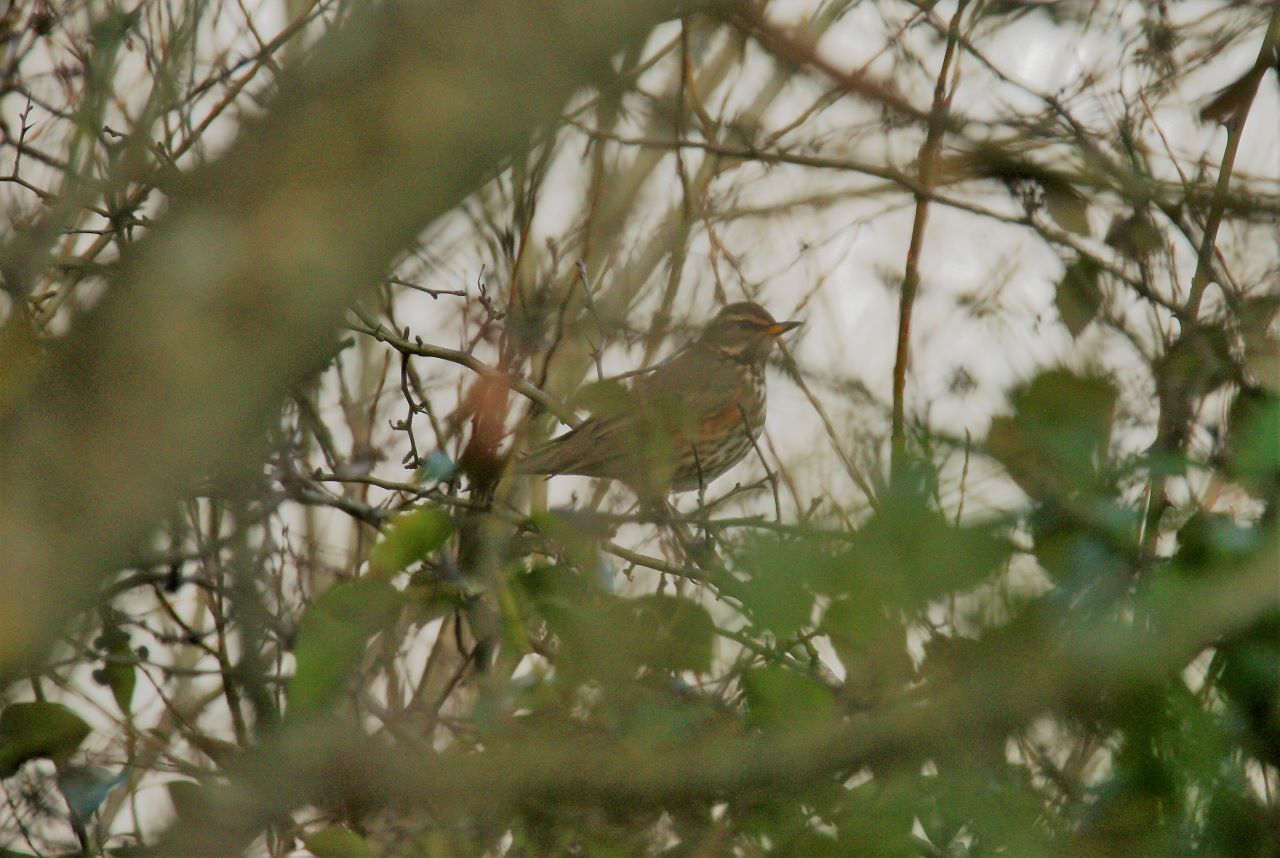
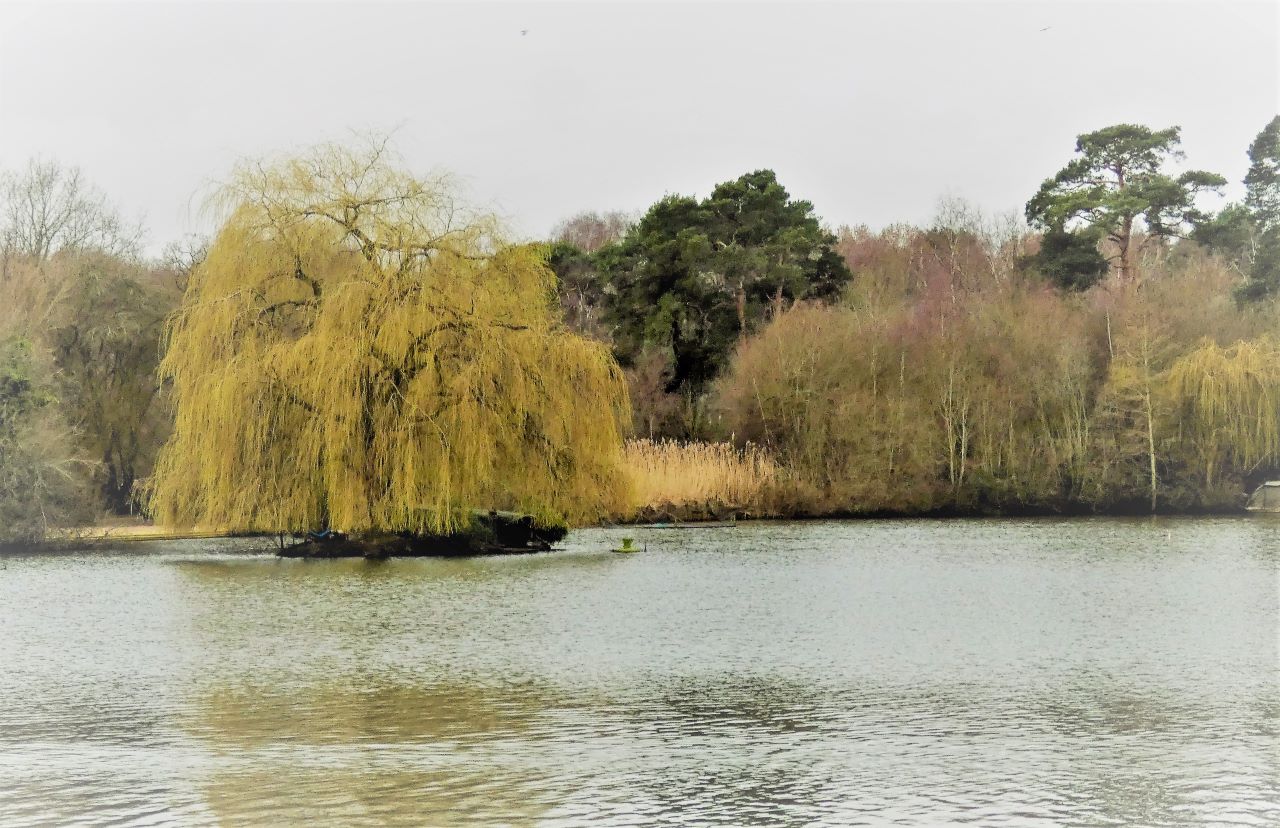


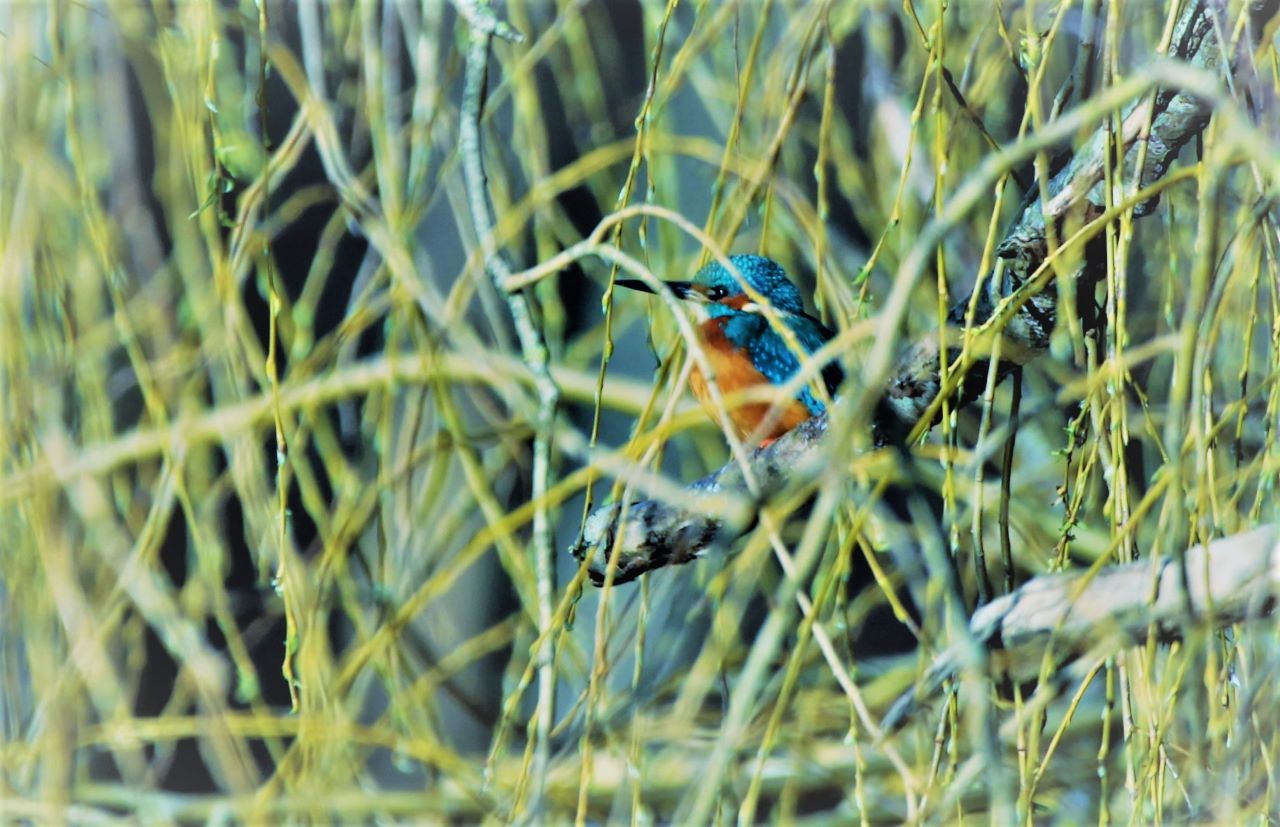
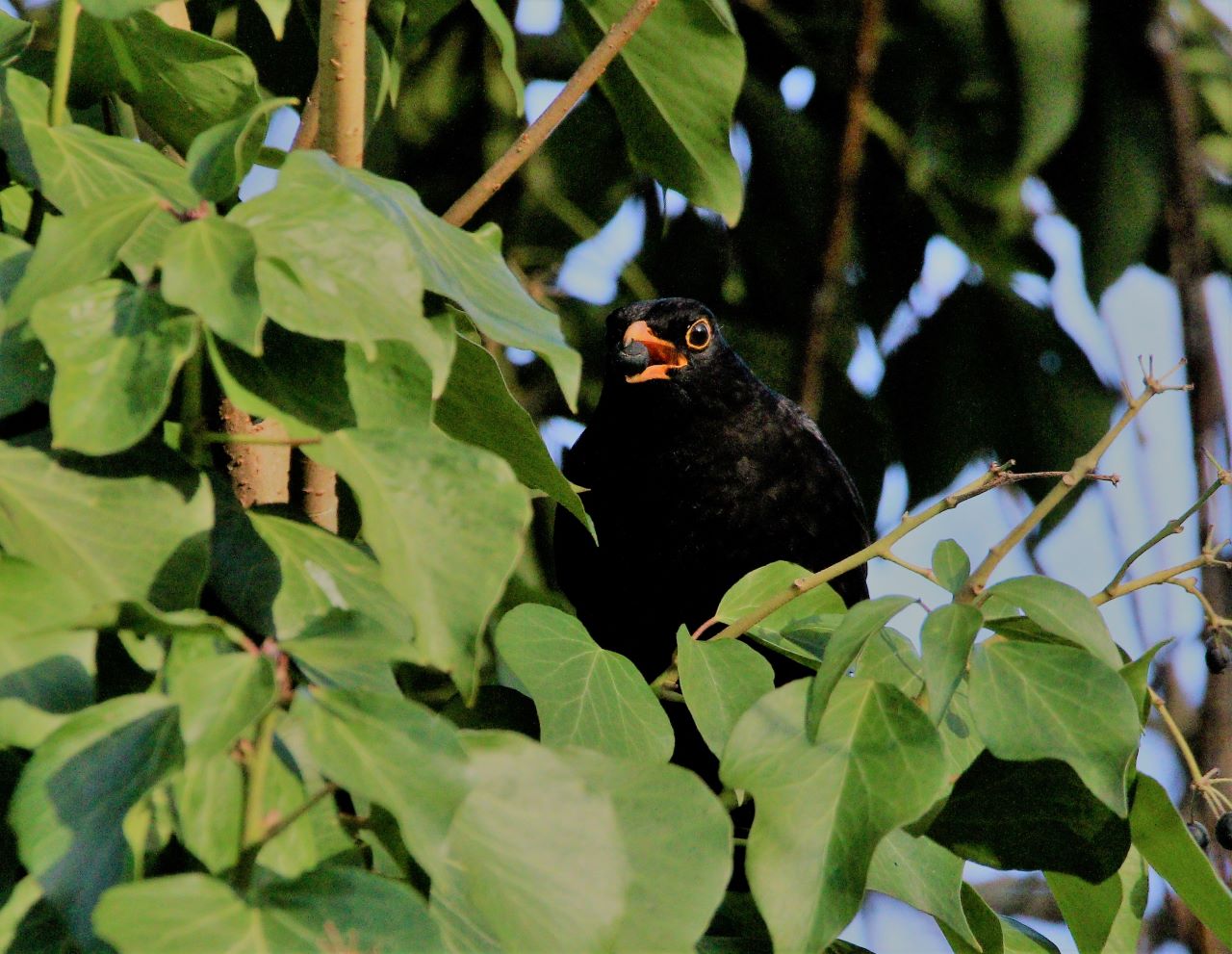

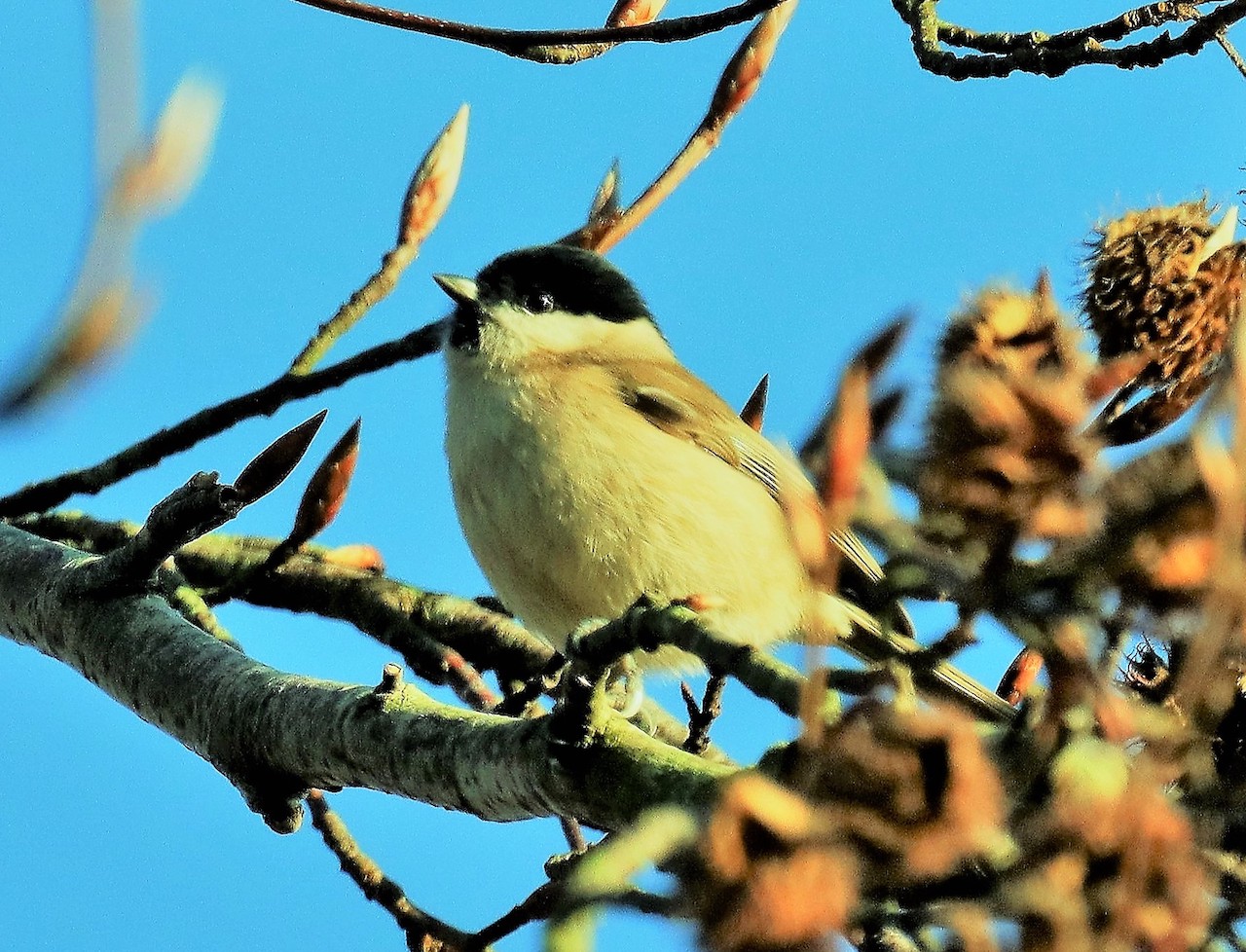
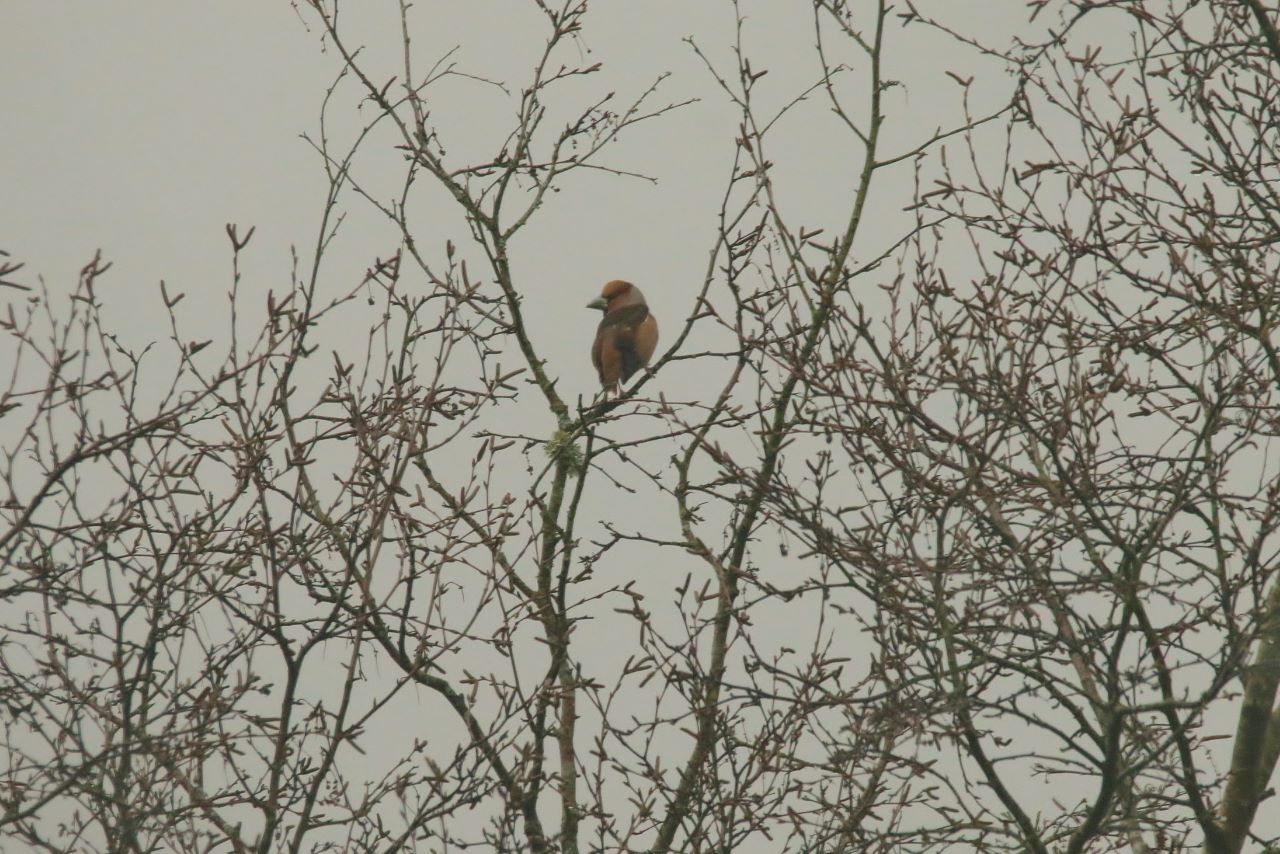

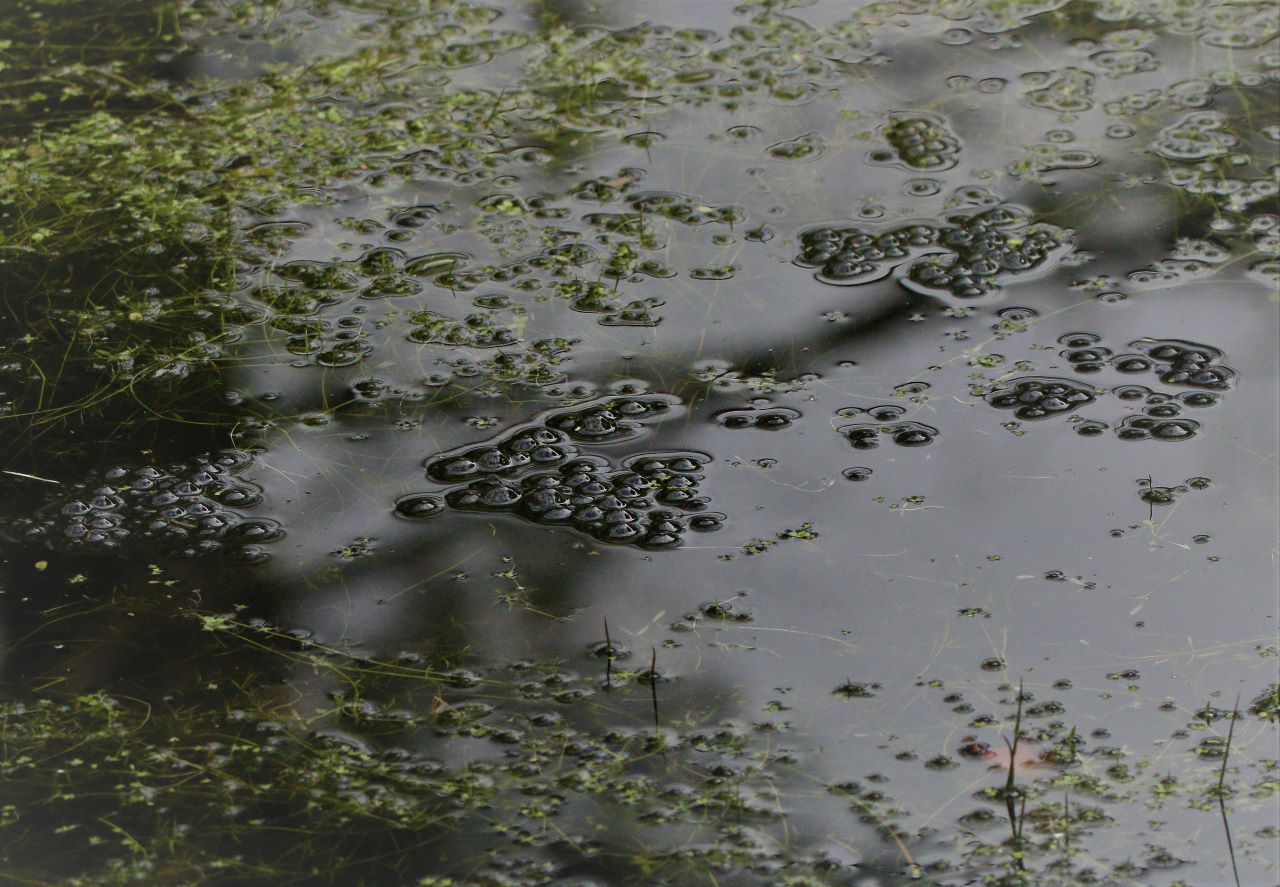



Recent Comments